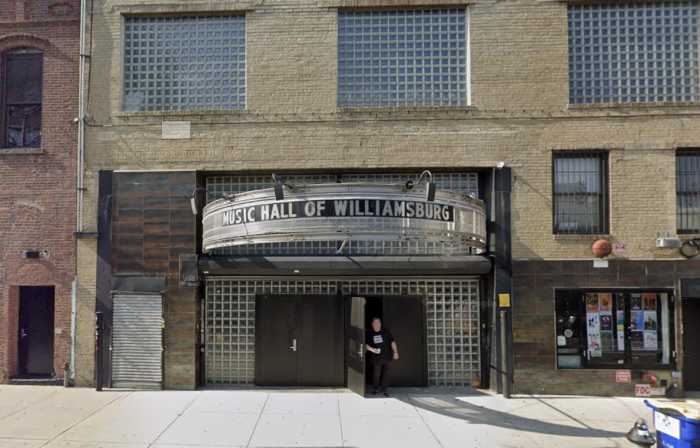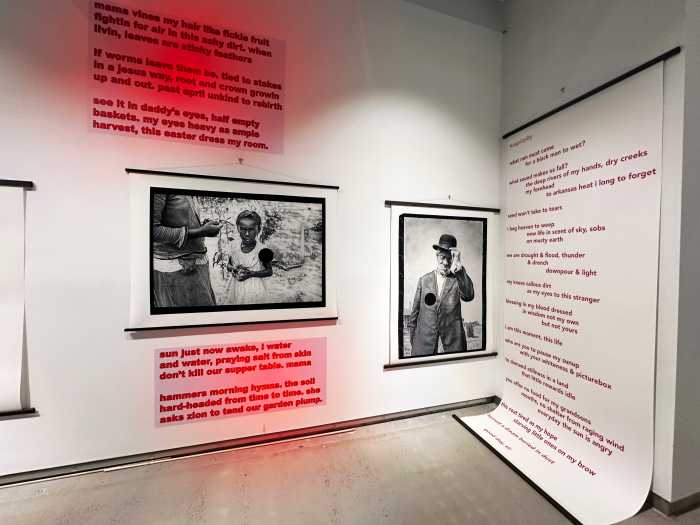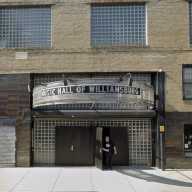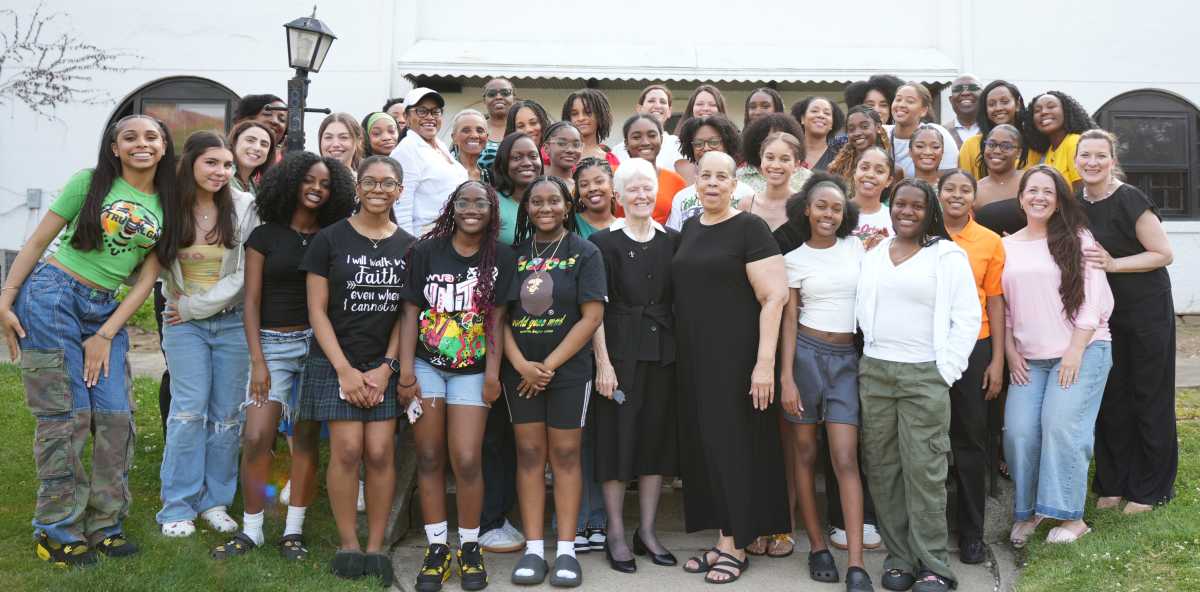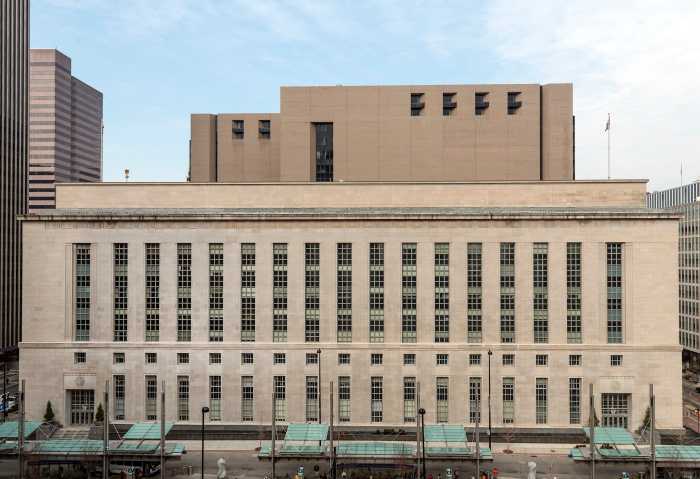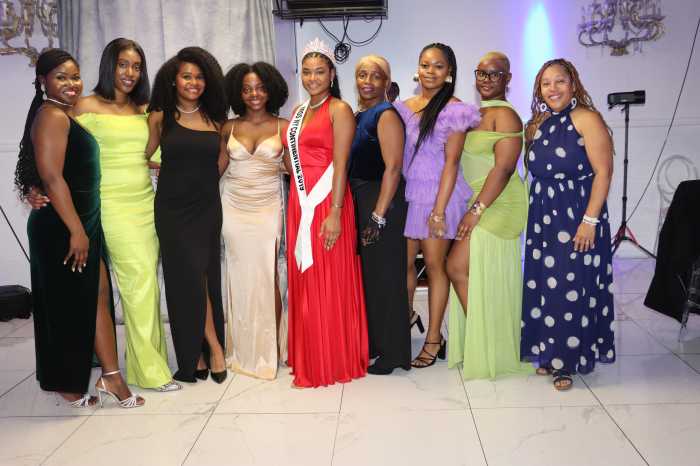Call it the Work on a locally contentious, $70 million, water’s-edge development On July 6, Justice Judith S. Kaye, the state’s chief judge, ordered The progress of the developers, 160 Imlay Street Associates LLC, in converting A spokesman for 160 Imlay Street Associates, Bob Liff, said the company “The developer’s pursuing all actions available to him,” Gary Spencer, a spokesman for the Court of Appeals, said the court is “Litigants have to get the court’s permission to appeal in most Spencer said the case is scheduled to be heard on Sept. 8, in Albany.
“It’s purely a court of law — they just take the facts Kaye said that retail and commercial developments planned by the developer The plan is for ground-floor retail and restaurants, and possibly second-floor Though the suit against 160 Imlay was originally arguing against the merit The technical error was made by the Chamber’s former legal counsel, The developers filed a petition of their own to dismiss the suit, but As Lewis was considering the case, the developers went ahead with their The suit filed by the chamber — which includes local developers and The variance, which allowed four of the six stories to convert to residential Batkin told The Brooklyn Papers in May that plans for 62 Imlay St., the
luxury condominium project that New York judges just love to hold.
in Red Hook was halted once again, after the state’s highest court,
the Court of Appeals, agreed to review a lawsuit by local businesses and
community groups contesting the city’s allowance of the residential
complex in the industrial area.
a leave to appeal, agreeing to review the petitioner’s complaint
once again and halting construction at the former warehouse for the third
time.
the hulking six-story former book-binding facility into 144 luxury condominium
lofts with sweeping views of New York Harbor and the Statue of Liberty
is opposed by the Red Hook/Gowanus Chamber of Commerce, which has sought
legal means to block the project every step of the way.
would push ahead with its case for conversion.
Liff told The Brooklyn Papers. At the behest of the court and petitioners,
the respondents agreed to only continue construction that would be needed
for the underlying as-of-right zoning, not the residential conversion.
selective in choosing which cases to hear.
cases, like the [U.S.] Supreme Court gets to decide the cases it wants
to hear,” he said. “So the party files a motion to appeal, and
the court either grants or denies it. In this case, it did grant the motion,”
though he said the court doesn’t specify why there is interest in
a case.
as they are established in the lower courts,” he added.
may proceed on the ground level and second floor of the building, one
of a set of twin warehouses that sits between Verona and Pioneer streets.
Such commercial uses are included in the current zoning for the site.
gallery space for local artists, according to the developer, Bruce Batkin,
a principal of Industry City Associates.
of the city’s granting of a residential zoning variance, which the
Board of Standards and Appeals (BSA) passed in December 2003, much of
the Red Hook/Gowanus Chamber’s time in court has been spent defending
the merit of their own suit, which has been dismissed twice so far for
a procedural glitch — failing to name the developers in their original
filing, which included the BSA and City of New York as defendants.
Peter Basta Brightbill, who filed the suit barely within the statute of
limitations for arguing a BSA ruling. By the time the error was noticed,
in February 2004, it was too late to fix it.
that was overruled by state Supreme Court Judge Yvonne Lewis.
petition to the Appellate Division of the state Supreme Court, which ultimately
dismissed the case due to the filing error.
businessmen Greg O’Connell and Douglas Durst — claims the variance
granted by the BSA to allow the development of luxury condominiums in
a heavily industrial area had not proven its burden of hardship.
development, was voted down when it came to Community Board 6 in late
2002. But that recommendation was ignored by the BSA.
twin building adjacent to 160, for which he has not yet applied for a
zoning variance, may seek similar luxury-style residential development,
a hotel or both, despite the opposition expressed by the community board
and chamber toward his first project.




